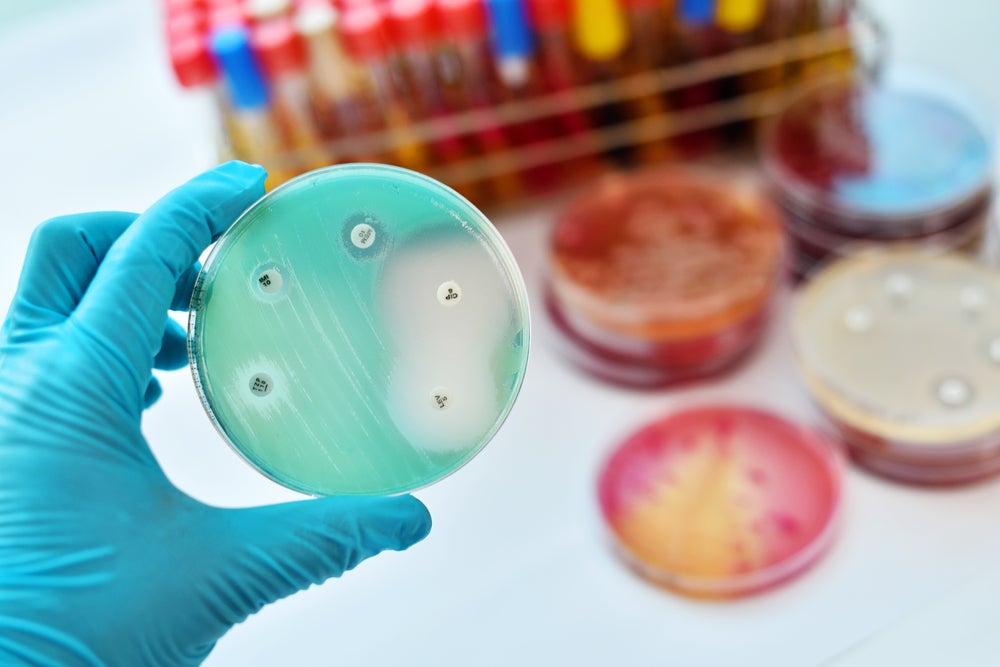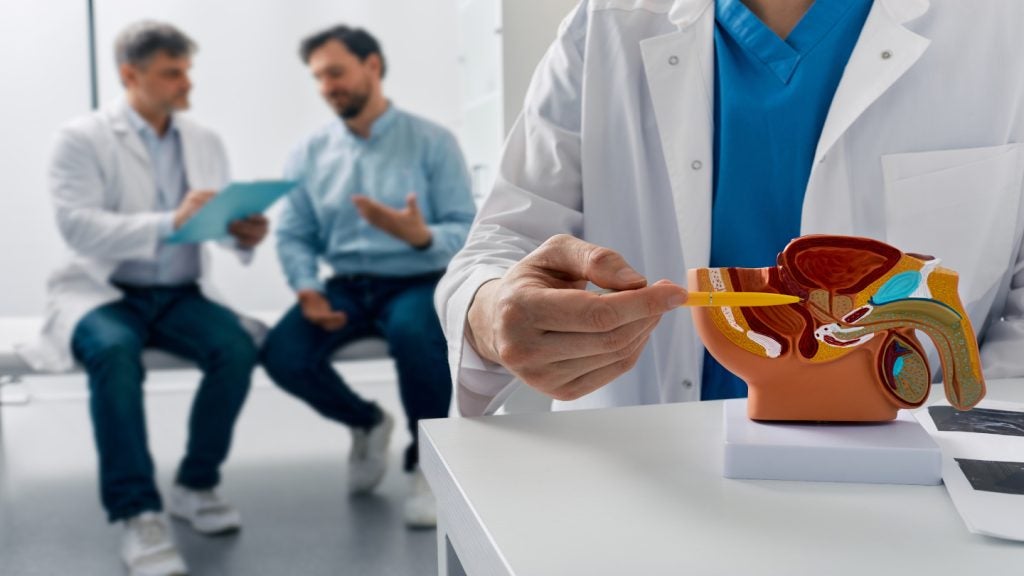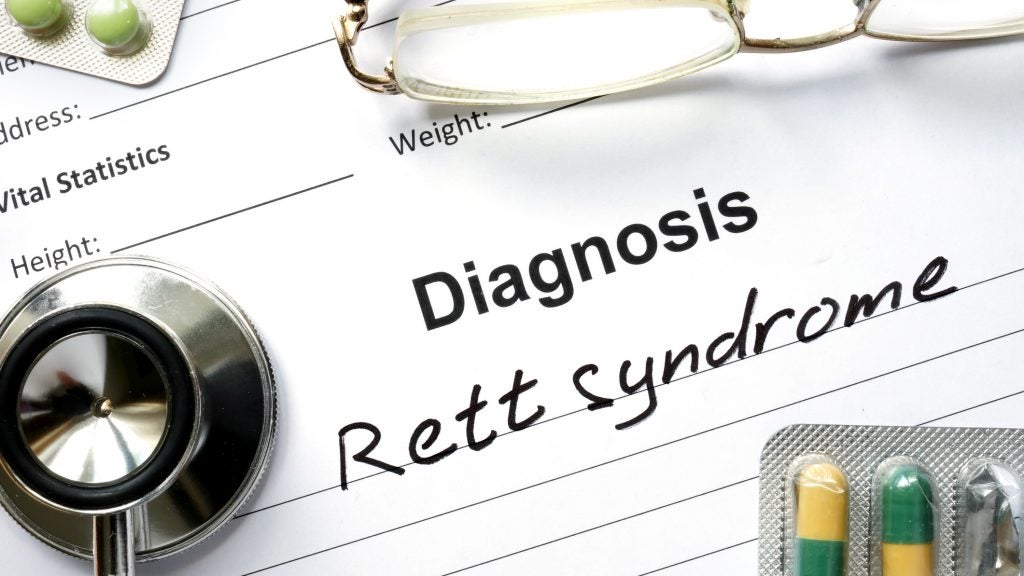Important advances in antibiotic resistance testing methods were presented at the 34th European Society of Clinical Microbiology and Infectious Diseases (ESCMID) Global (formerly ECCMID) conference in Barcelona, Spain. The ePoster flash session discussed a variety of novel resistance testing technologies including rapid nanomotion-based susceptibility testing, machine learning models, and matrix-assisted laser desorption ionization time-of-flight mass spectrometry (MALDI-TOF MS). These new testing methods are focused on identifying the resistance mechanisms of deadly multidrug-resistant (MDR) organisms such as carbapenemase-producing Klebsiella pneumoniae (CPK) and carbapenem-resistant Pseudomonas aeruginosa (CRPA).
CPK infections are a serious health concern as they are usually associated with nosocomial infections, increasing the morbidity and mortality of patients. MALDI-TOF mass spectrometry was proposed as a quick and effective method to detect drug resistance in CPK. The latest MALDI-TOF-based predictive model presented proved successful at differentiating CPK from non-carbapenemase-producing K. pneumoniae (non-CPK). Identifying these resistance mechanisms accurately and quickly allows for targeted antibiotic therapy and reduces the use of unnecessary broad-spectrum antibiotics.
CRPA is another concerning MDR bacteria present worldwide. Imipenem-relebactam (IPR) was recently introduced for the treatment of severe urinary tract infections, pyelonephritis, and complicated intra-abdominal infections. Data shows that IPR demonstrates high efficacy specifically against “non-metallo-ß-lactamase CRPA.” A rapid detection test of susceptibility/resistance to this new therapeutic alternative was developed, providing guidance in clinical decision-making and improving patient outcomes.
These innovations are key to fighting the growing issue of antimicrobial resistance (AMR). They promote the continued effectiveness of currently available antibiotics and can guide the much-needed development of newer therapies for the future.















